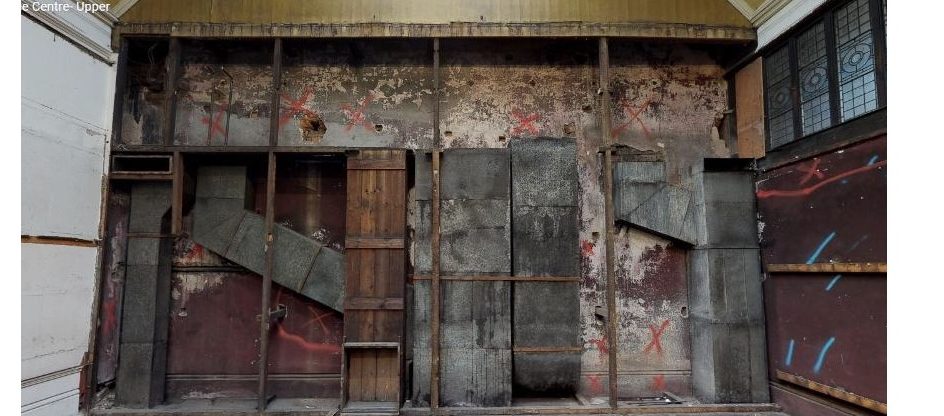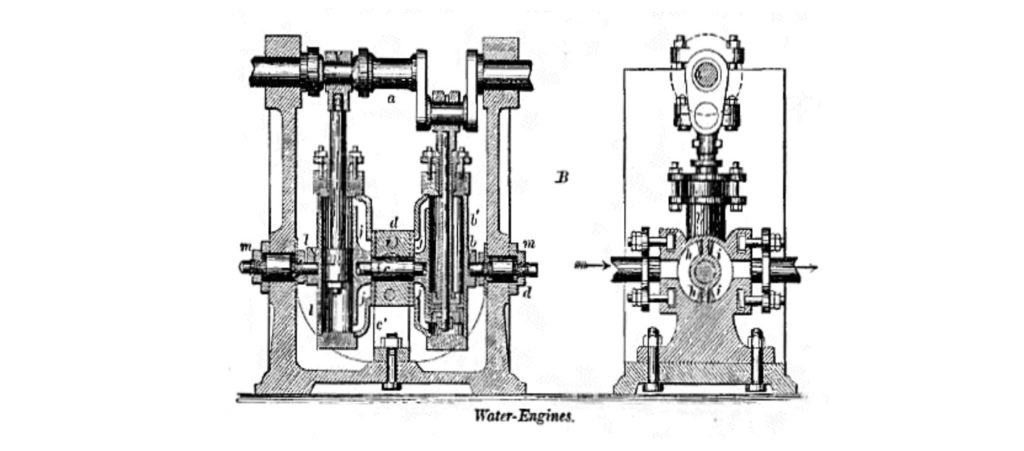The JR Clynes Building
Oldham’s original library, museum and art gallery opened in 1883. Today the building has been restored to include the Council Chamber and Mayor’s Dining Room, public exhibition spaces and a new home for Oldham Theatre Workshop.
On this page you can find out about more about the original building and the restoration work that took place in 2024/25.
A breath of fresh air
The original building had an innovative way to circulate fresh air. A fan hidden in the basement blew air into wooden and tin distribution ducts that supplied each floor. This was a really unusual feature at the time and shows how this building pioneered new techniques.
The south wall incorporated a false wall that contained timber ducts that fed the air to each of the floor levels. Under the ground floor slab there were additional ducts formed that circulated air to the north side of the building.

This was one original feature that could not be restored by the project team. The existing ventilation systems were not suitable for incorporation within the new building layout and have been removed. New ventilation systems provide both natural and forced ventilation to the different areas of the new building layout.
Water power
When the building was originally completed in 1883, it was connected to the local gas and water supply networks. At this time there was no electrical distribution systems within Oldham so the building relied on water and gas for all its utility needs. Water systems would have comprised mains water for building functions and high pressure hydraulic systems for any motive power requirements. As part of the early demolition works some remaining sections of the water hydraulic systems were discovered adjacent to the area of the original ventilation fan.

Water hydraulic systems were typically installed from 1870 to 1890 whereafter electric motors became more popular as the electric power systems became generally more available. It is a very short lived technology with limited remaining evidence as it was regularly retrofitted with heritage project management electrically operated systems. Its use within a building as part of a forced ventilation system was very unusual and again demonstrates the technical innovation that was included within the construction of the building.